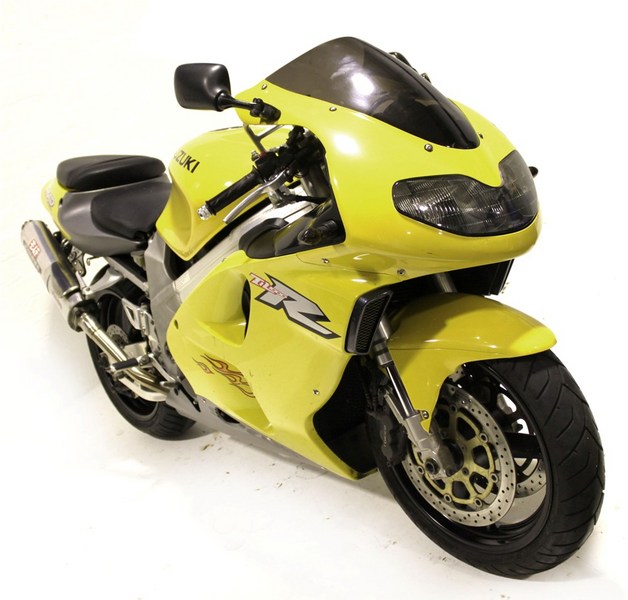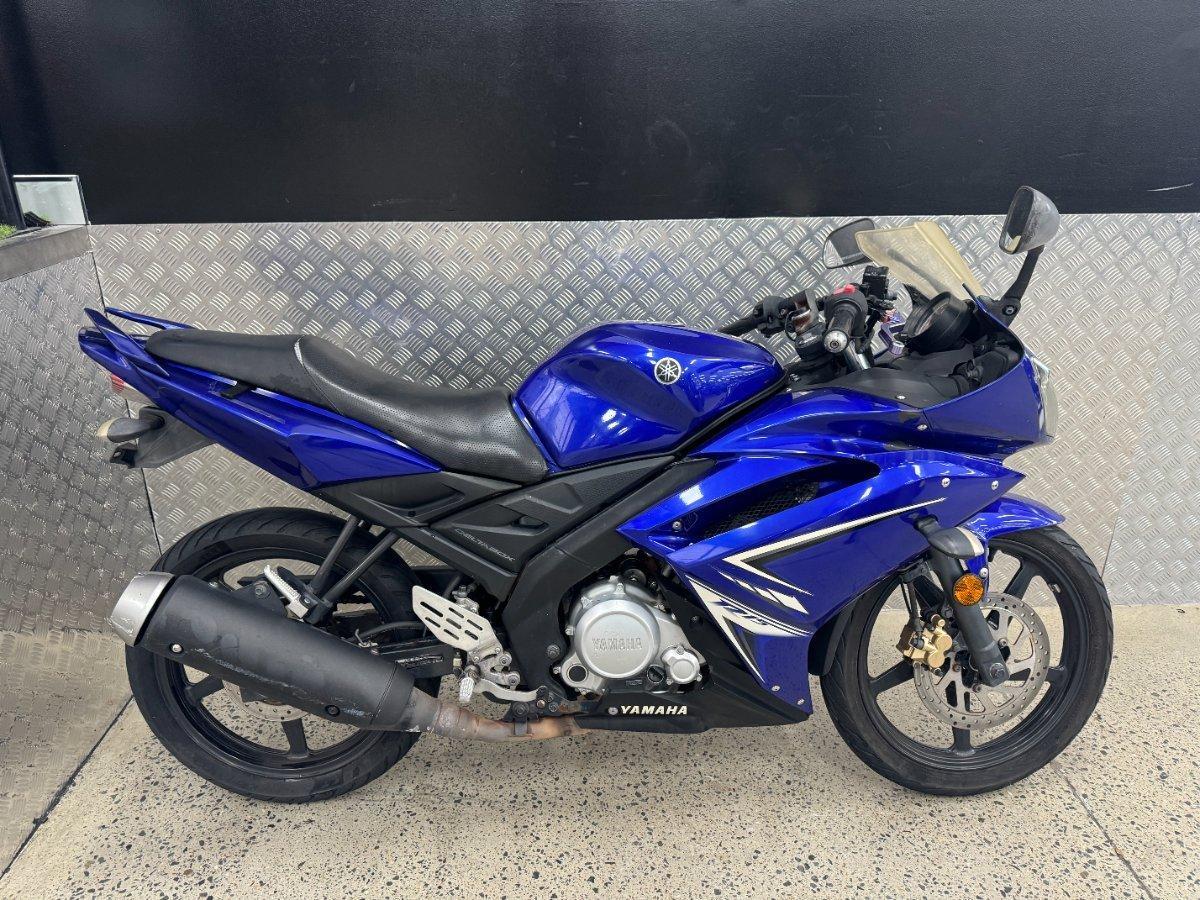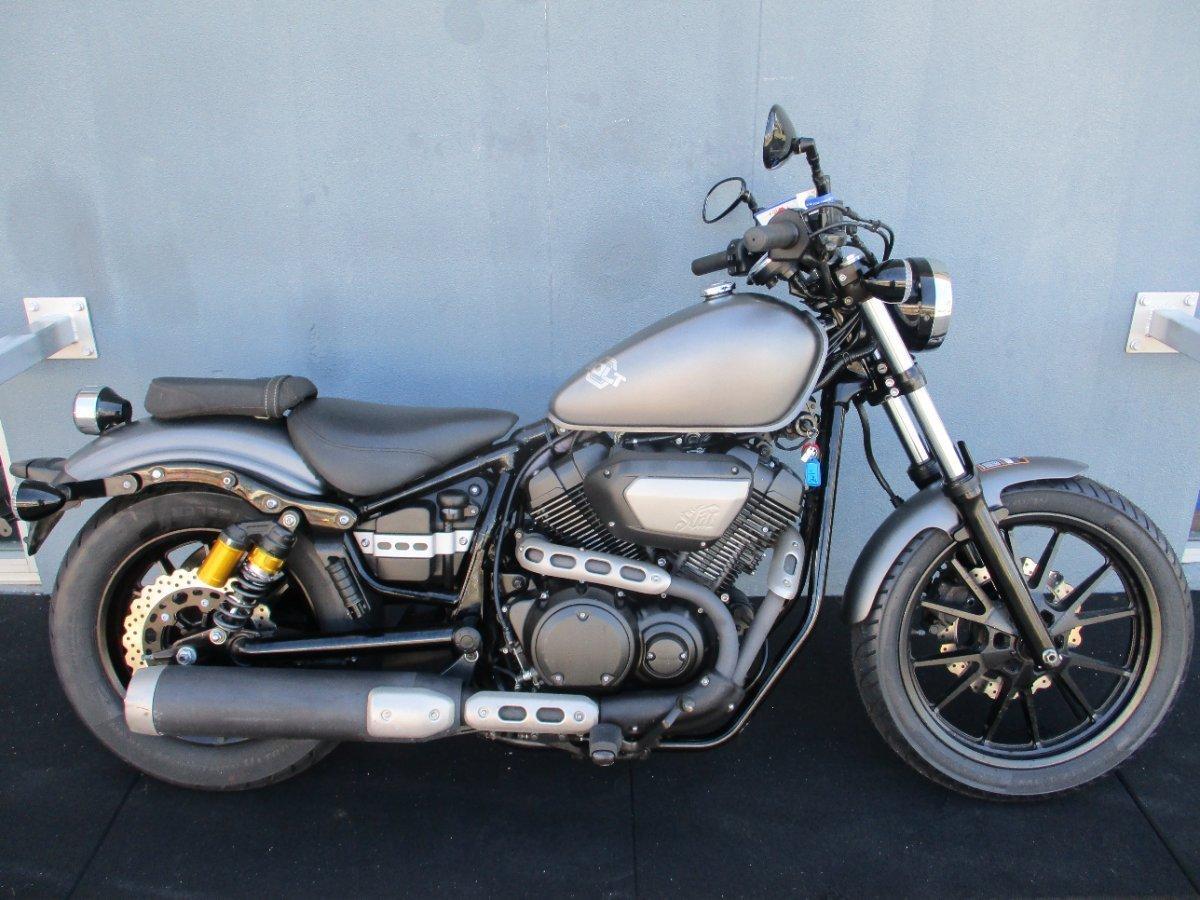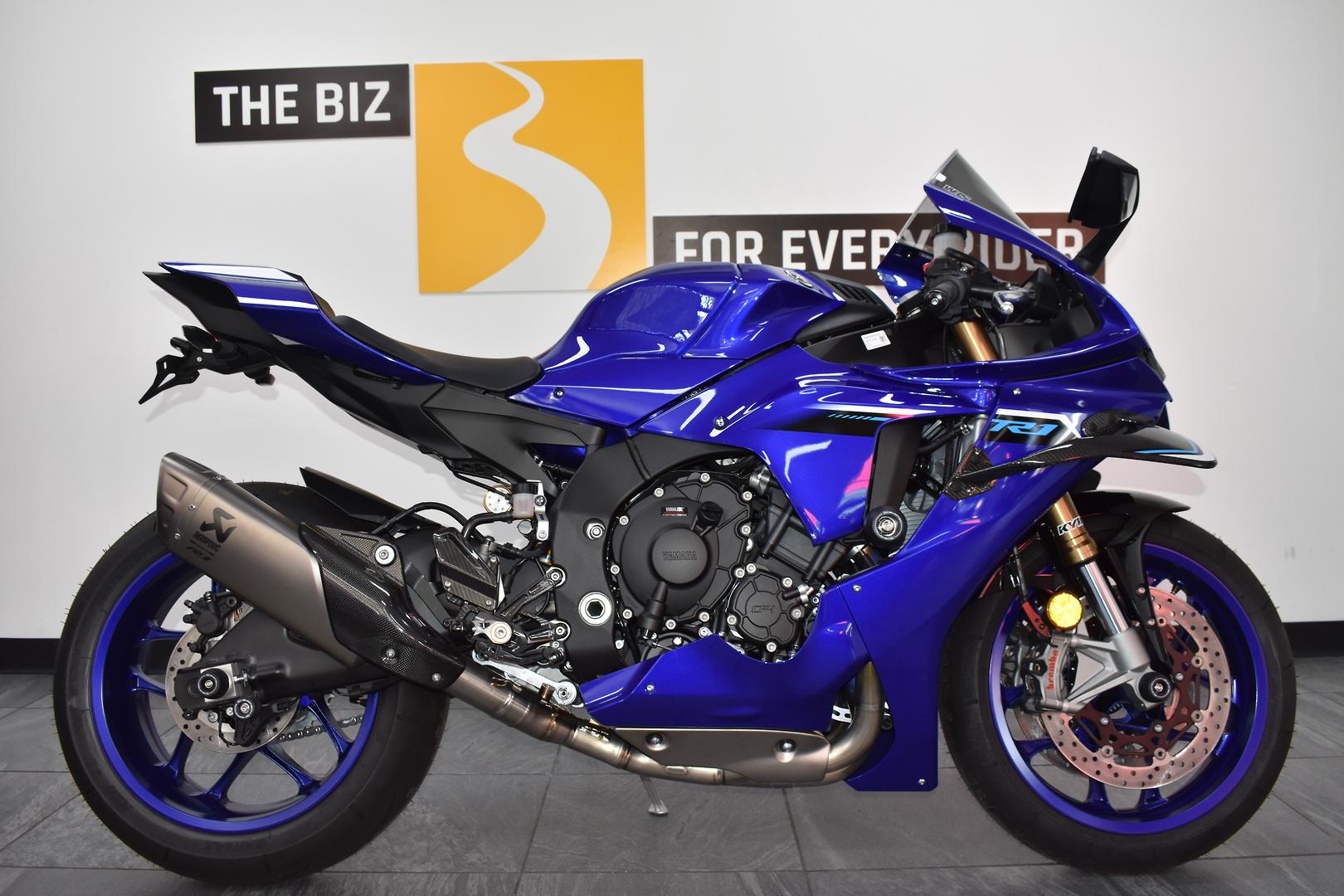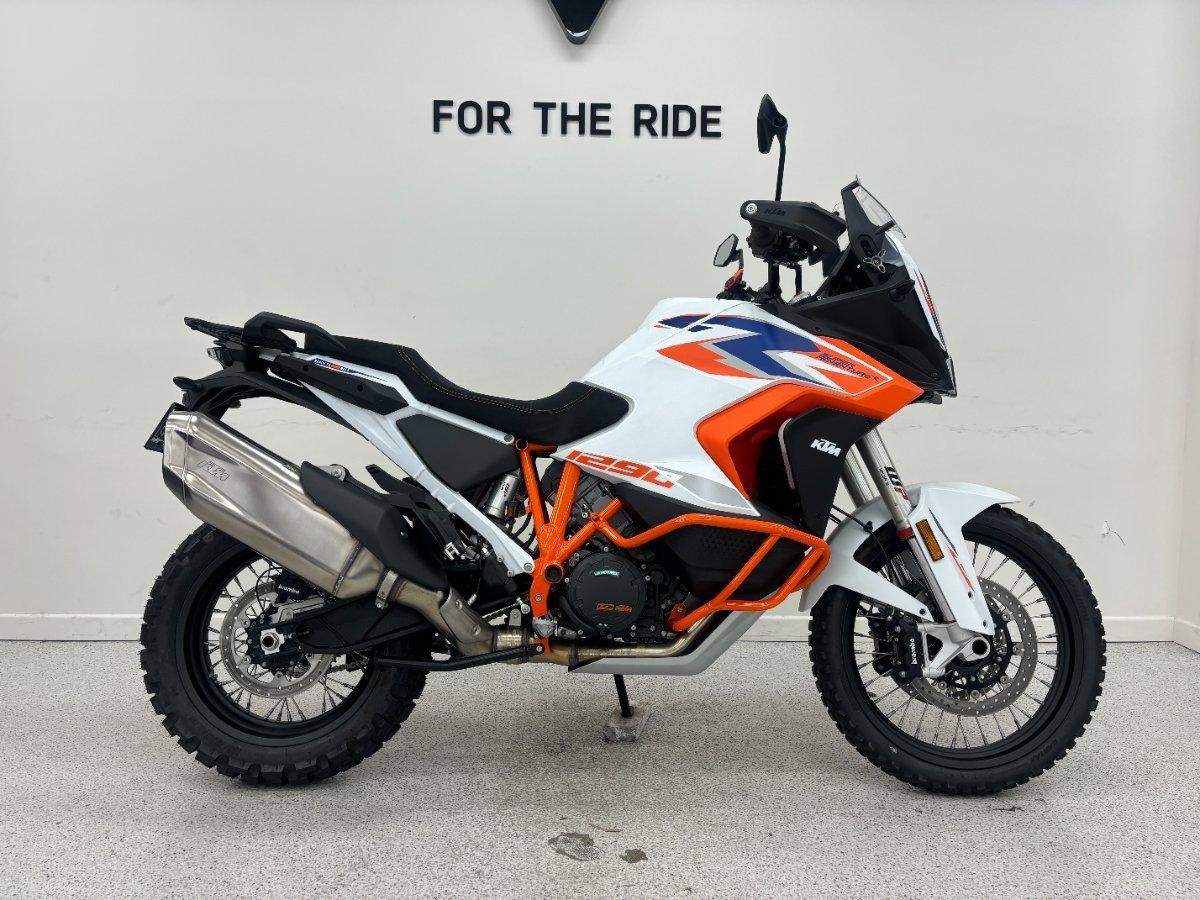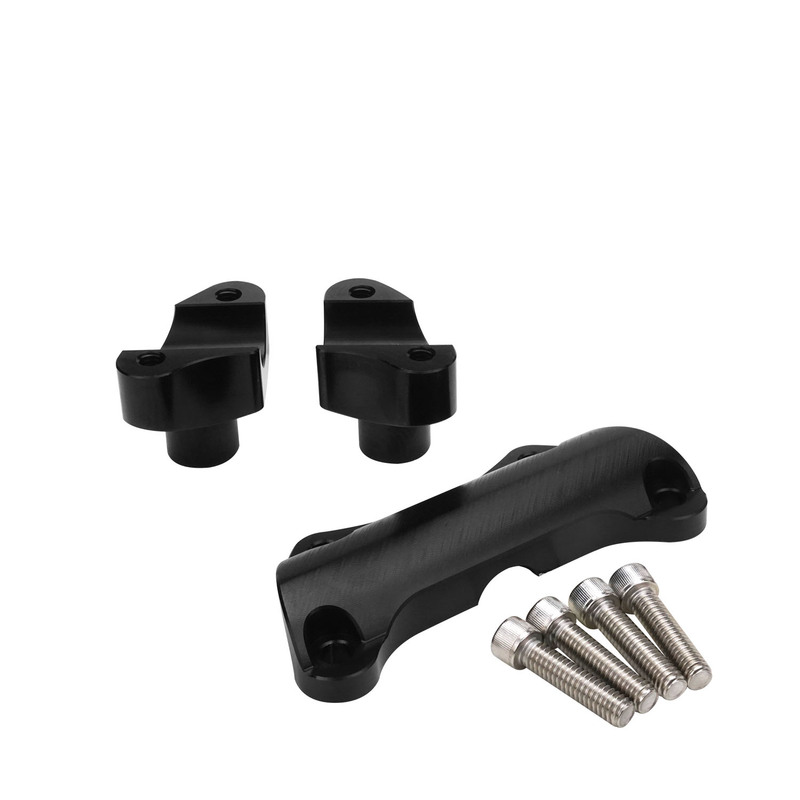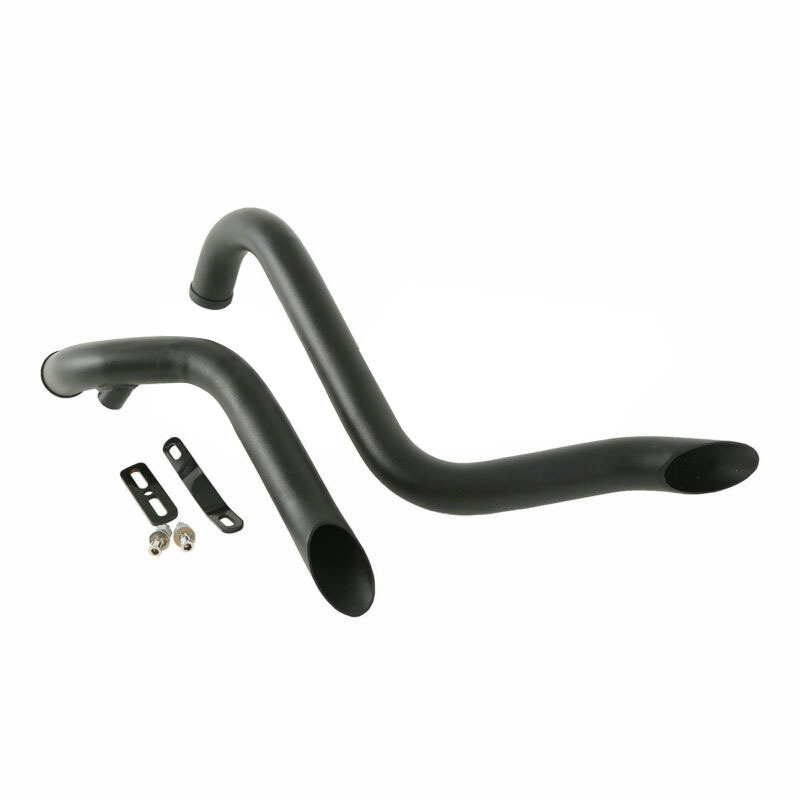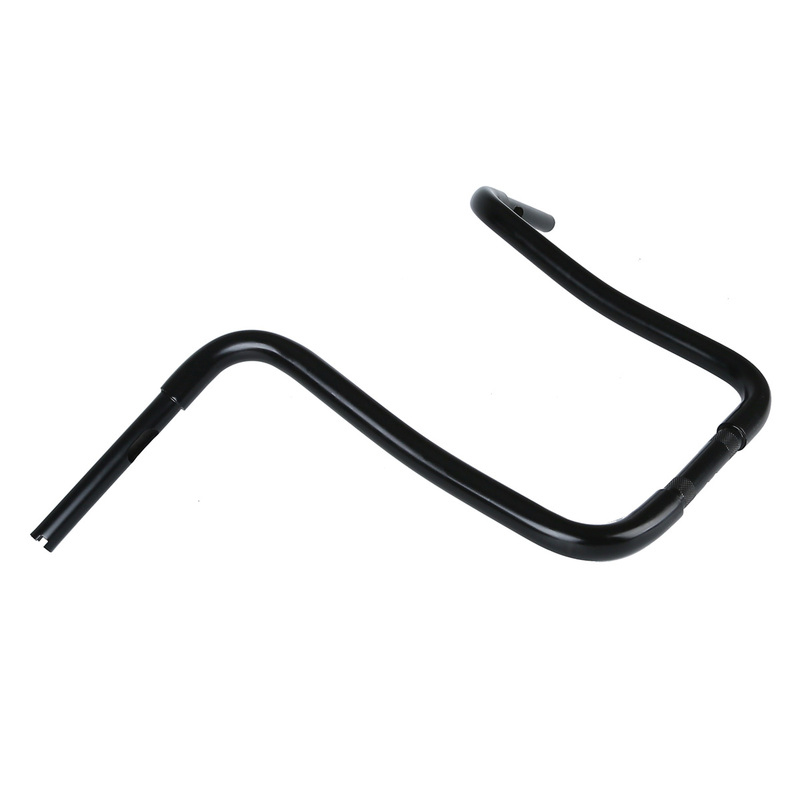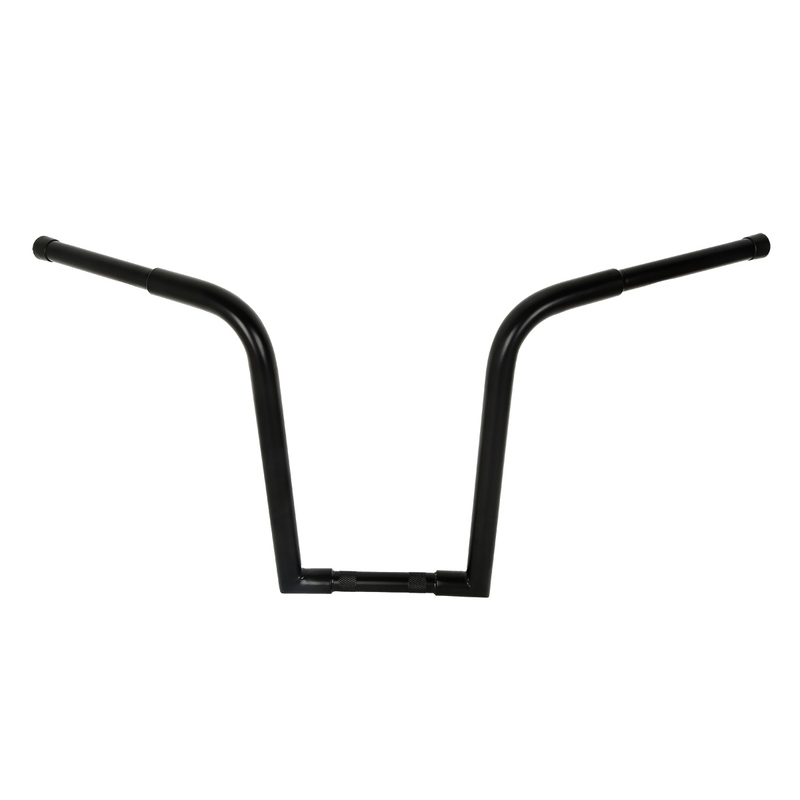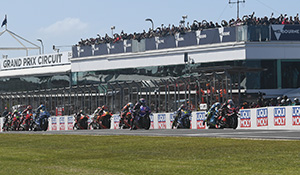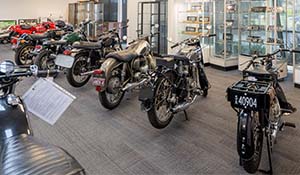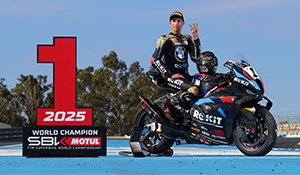1999 Suzuki TL 1000R
Developed from the TL 1000S road bike, the 1000R was as much a damage control exercise as it was racetrack contender. When the TL 1000S was released in 1997, it copped more than its fair share of criticism over its jittery, some said dangerous, handling at speed. Accidents involving TL 1000S riders were blamed on the 1000S chassis and the bike's alleged tendency to get into violent, potentially crash-inducing tankslappers if it lost stability at speed. A steering damper usually fixed the 'raw' nature of the handling, and while some riders found that very same nature appealing, the majority didn't, if TL 1000S sales were anything to go by. In developing the TL 1000R, ostensibly a fully-faired 'Superbike' version of the TL 1000S, Suzuki paid close attention to the chassis, replacing the S's truss chassis with a more sturdy twin-spar setup suitable for racing. Being heavier, the TL 1000R cured some of the 1000S's handling problems straight away, but just to be sure, Suzuki fitted a steering damper as standard.
With a headlight section that projected over the front axle line, large fairing area and bulbous solo seat cowl, the TL 1000R looked big, despite being around the same dimensions as a GSX-R 750. Where the TL 1000R lost out was on the scales. Marginally lighter than Honda's VTR SP-1, the 1000R was seven kilograms (dry) heavier than the 1000S, but much heavier than a stock Ducati 916, arguably too heavy for the race role for which it was intended.
Honda went on to prove that the SP-1, their take on the V-twin sportsbike, was a race winner, but despite the best efforts of those who planned to race it in both AMA and World Superbike competition, the 1000R simply wasn't the success that Suzuki had hoped for. The irony is that for its lack of racetrack success, the TL 1000R is arguably a better road bike than the VTR SP-1. It's quite a cracking road bike, actually. At the time of its release in 1998, it was the most powerful V-twin on the market. Lighter weight pistons and changes to the compression and induction on the 996cc V-twin marginally increased power over the 1000S, but the rest of the engine internals were the same. The clutch was upgraded from a cable-type on the 1000S to an hydraulic unit for the 1000R. Gear ratios for the six speed transmission were different on the 1000R, and the clutch plate diameter was bigger, too. Brake discs were the same diameter as the 1000S, but the 1000R added an extra piston on the Tokico calipers for each front disc.
Befitting its intended purpose, riding position was a little more 'sportsbike' on the 1000R compared to the S, but still comfortable, with a well padded seat and practical screen. Out of the crate, suspension was a little soft, but could be adjusted for a firmer, sportier ride, which in turn benefited steering response. The controversial rotary damper unit on the rear suspension remained, but was modified to be less affected by heat build-up, which was one of the criticisms when fitted to the TL 1000S.
There's very little to pick a debut year 1998 TL 1000R from a 1999 model. It's pretty much down to colours and graphics. The striking yellow scheme that the 1000R debuted with was still available for 1999, accented with silver grey instead of black. The 'R' component of the model name was much more prominent in the graphics, while the SRAD graphic was moved to the ducktail. A very GSXR-style red/white/blue colour scheme was also available, on and off, through the TL 1000R's lifespan.
By the end of the 1990s, the role of the big, bad sports tourer in the Suzuki lineup had already been filled by the GSX 1300R Hayabusa, so the TL 1000R sat in a weird position within the Suzuki lineup. Granted, the V-twin and inline four engines are two different beasts, but the 'Busa did everything the TL could, and arguably did it better. Maybe for that reason, 1000R sales were never huge. That same scarcity is arguably what makes them a desirable machine today. If you love the sound and grunt of a V-twin, but don't want it delivered cruiser-style - that is, leaning back with your feet up - then the TL 1000R has definite appeal.
Specifications - 1999 SUZUKI TL 1000R
Engine: 996cc 90 V-twin, DOHC, 8V, 4 Stroke
Bore/Stroke: 98 x 66mm
Compression: 11.7:1
Power/Torque: 98.4kW @ 9500rpm / 106Nm @ 7500rpm
Fuel system: Mikuni Denso fuel injection
Cooling system: Liquid
Transmission/Drive: 6 speed manual/chain drive
Front Suspension: Inverted telescopic forks, fully adjustable
Rear Suspension: Rotary damping system, fully adjustable
Front Brake: 2 x 320mm ventilated discs w/6 piston calipers
Rear Brake: Single 220mm ventilated disc w/2 piston caliper
Front Tyre: 120/70 ZR17
Rear Tyre: 190/50 ZR17
Dry Weight: 197kg
Seat Height: 810mm
Wheelbase: 1395mm
Ground Clearance: 120mm
Fuel Capacity: 17 lt
TRIVIA
Created as a potential race winner in World Superbike competition, the TL 1000R was hampered by its excessive weight, insufficient power and handling, and troublesome rotary damping system on the rear suspension.
After failing to make its mark in World Superbike competition, the TL 1000R went on to compete in Formula Xtreme and similar level competition around the world.



